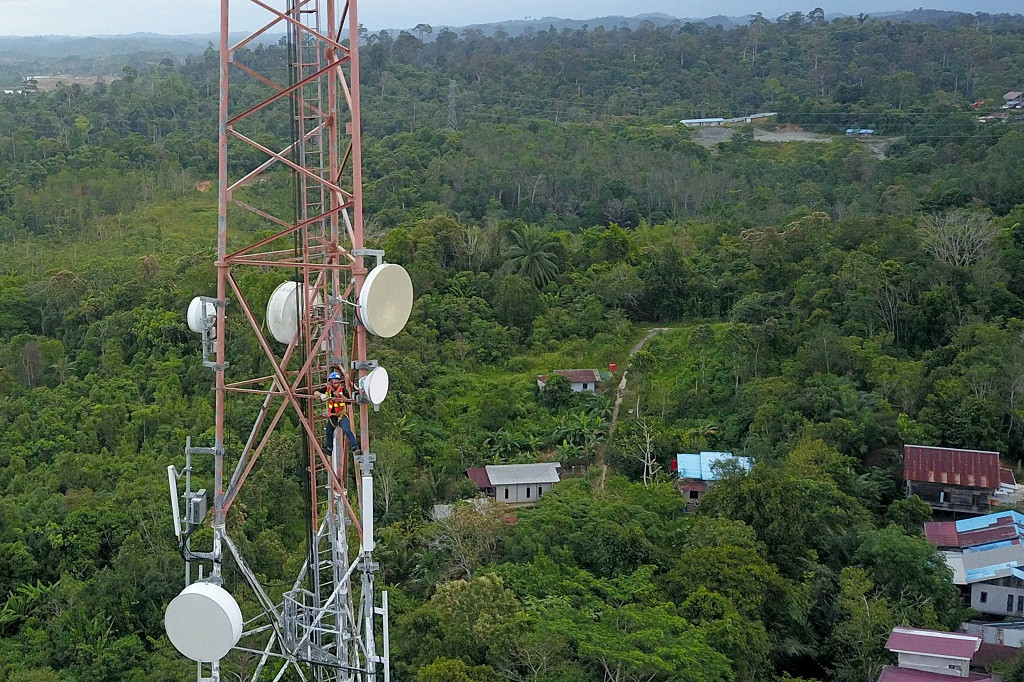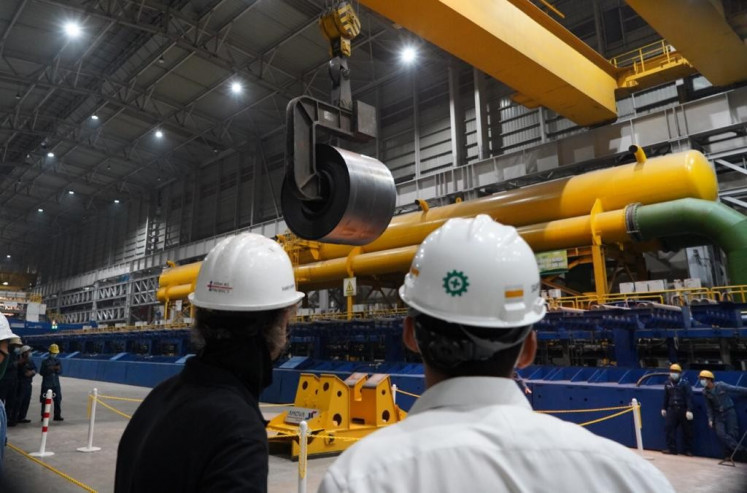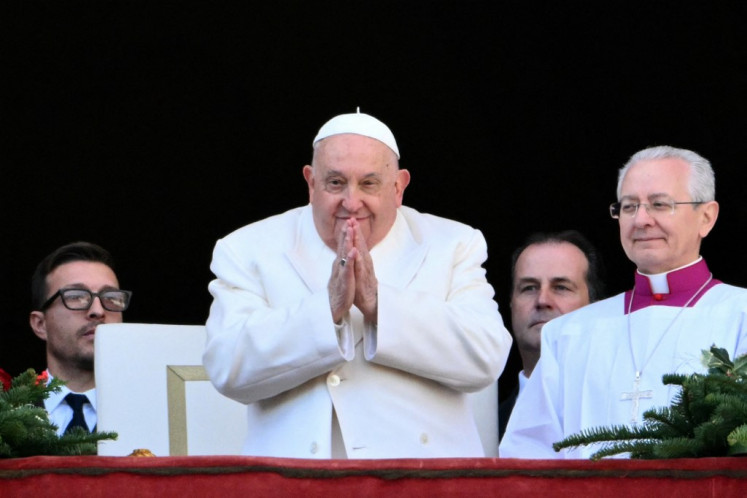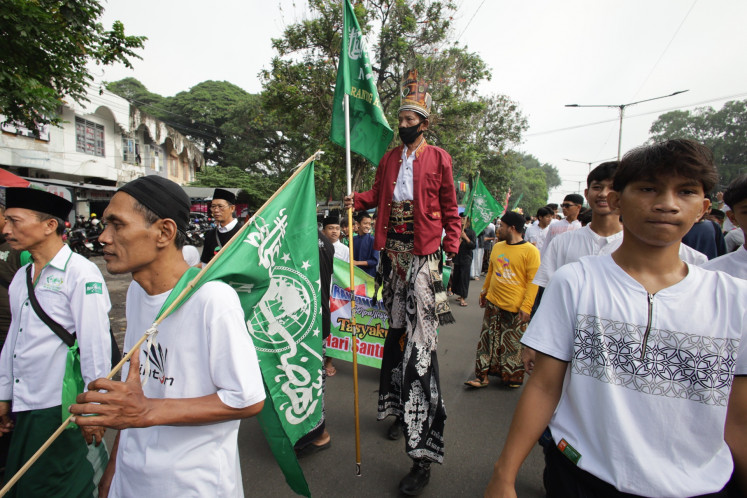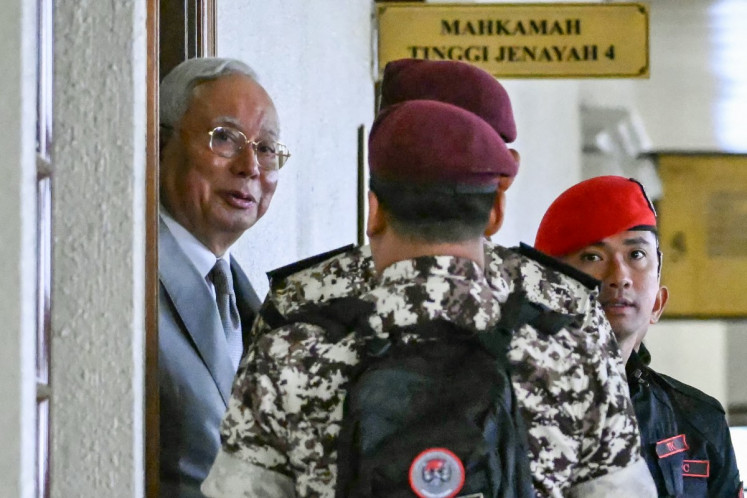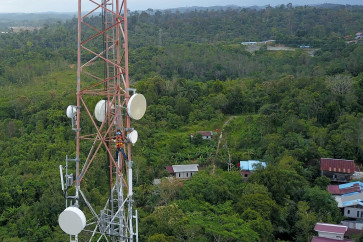Popular Reads
Top Results
Can't find what you're looking for?
View all search resultsPopular Reads
Top Results
Can't find what you're looking for?
View all search results‘Digital downstreaming’, a prospective solution?
Rather than a strategy that focuses on the dichotomy of digital downstreaming versus digital upstreaming, the future of the country's digital economy will be better served by a nuanced, holistic plan that incorporates both.
Change text size
Gift Premium Articles
to Anyone
A
s Indonesian citizens, we presently find ourselves in a fortuitous position, exposed to the ongoing presidential and vice presidential debates ahead of the February general election. This pivotal period not only offers the public an opportunity to express support for their preferred candidates, but also serves as a platform for gaining insights across a spectrum of sectors, including social, legal and economic development issues.
An intriguing concept that has surfaced from the debate on Dec. 22, 2023 pertains to technology, namely the notion of "digital downstreaming". Gibran Rakabuming Raka, the running mate of presidential candidate Prabowo Subianto, extensively explored this compelling topic.
He underscored that the future strategy for the digital economy should focus on converting challenges into opportunities. To achieve this, digital downstreaming called for the preparation of skills, resources and young talents specializing in artificial intelligence, blockchain, robotics and cryptocurrency, as he said in a Kompas TV video clip uploaded to YouTube.
The public at large has shown a division in its comprehension of this concept. Some view it as an excellent and robust strategy poised to elevate Indonesia's digital progress. However, others remain unconvinced about the origins of the concept, hence its implementation is not justified.
Before delving into the effectiveness of this strategy, it is essential to revisit the fundamental definition of the digital economy.
The early definition coined in 1996 by Don Tapscott, for instance, qualitatively depicts it as the fusion of intelligence, knowledge and creativity to generate economic value and foster social structural development. Neal Lane, a former science and technology assistant to the US president, later refined this definition, describing the digital economy as the convergence of computing and information technology supported by the internet, leading to the flow of information and technological advancements.
International organizations such as the Organisation for Economic Co-operation and Development recognize the digital economy as a ladder-like staging process. Its evolution has been propelled by various major drivers, initially dominated by the internet sector in the 1990s. Subsequently in the 2000s and 2010s, it expanded into applied sectors like the Internet of Things (IoT), new end-user devices, novel digital models, datafication and automation.

